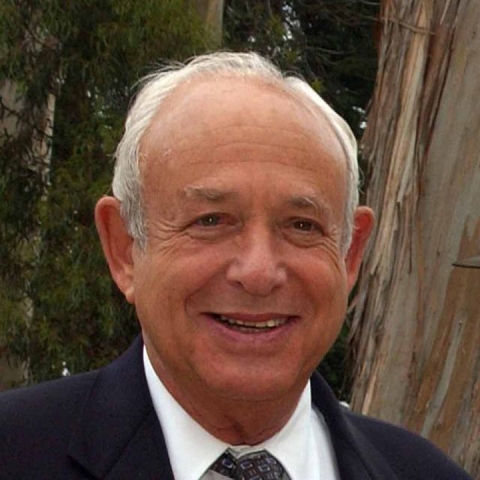New electrical method triggers and analyzes dynamics of brain protein that underlie many neurodegenerative diseases
Scientists are not yet clear on how the tau protein changes from a benign protein essential for normal function in our brains into the toxic neurofibrillary tangles that are a signature of Alzheimer’s and other neurodegenerative diseases.
But a new method developed by researchers at UC Santa Barbara gives the ability to control and follow in real time the process by which it happens. The technique employs a novel use of low voltage electricity as a surrogate for the natural signals that trigger the protein to fold and assemble, both for its normal function in the brain and in the runaway process leading to often fatal disease.
“This method provides scientists a new means to trigger and simultaneously observe the dynamic changes in the protein as it transitions from good to bad,” said Daniel E. Morse, Distinguished Professor Emeritus of Biochemistry and Molecular Genetics, and senior author of a paper that appears in the Journal of Biological Chemistry.
“The method should be widely useful to identify molecules and conditions that direct different trajectories of assembly in a number of different but related amyloid diseases,” stated Eloise Masqulier, lead author of the interdisciplinary team of students, researchers and faculty from molecular biology, chemistry and engineering including Esther Taxon, Sheng-Ping Liang, Yahya Al Sabeh, Lior Sepunaru and Michael J. Gordon.
Under normal circumstances, tau is a soluble protein that starts out in an open, loose configuration, like a piece of string. In response to a signal, tau proteins fold up and progressively assemble with one another, enabling them to bind to tiny cylindrical structures — microtubules — that support the shape of the neurons and transport nutrients and molecules inside the cells. However, in pathological cases, the signal goes too far, causing the protein to assemble uncontrollably, forming the insoluble amyloid filaments that become neurofibrillary tangles inside neurons, interrupting their function and eventually killing them.
Using their new method with the core portion (a peptide) of tau, the investigators were able to observe and analyze a critical “tipping point” between normal, reversible folding and assembly, and the irreversible, pathological assembly that underlies tauopathic, neurodegenerative diseases. Employing less than a volt of electrical potential to mimic hyperphosphorylation (the disease-promoting signal), the scientists triggered and finely tuned the tau-peptide’s folding in their lab experiments, using spectroscopic methods to reveal details of the folding and progressive assembly to form amyloid-like filaments.
Unlike other modes of examining protein folding and assembly, such as x-ray diffraction or cryo-electron microscopy that provide static snapshots of the processes as they occur in time, the new electrochemical method allows users to continuously witness and analyze details of the progressive, dynamical folding and assembly as they occur in real time, permitting the first direct observations of the critical earliest steps in these processes. Also unlike most techniques previously used for studies of tau and its core peptide, because the electrical trigger closely mimics the natural triggering signal, the method permits direct observation of these processes without the need for additional “helper” molecules.
The authors report that the technology can also be used as a tool to more rapidly test and identify drugs and antibodies potentially useful for prevention or treatment of Alzheimer’s and other amyloid diseases.
“Because we can turn on and fine-tune the process at will,” Morse explained, “we can use this system to see what molecules could interdict or block specific stages of folding and assembly.”
Sonia Fernandez
(805) 893-4765
sonia.fernandez@ucsb.edu




